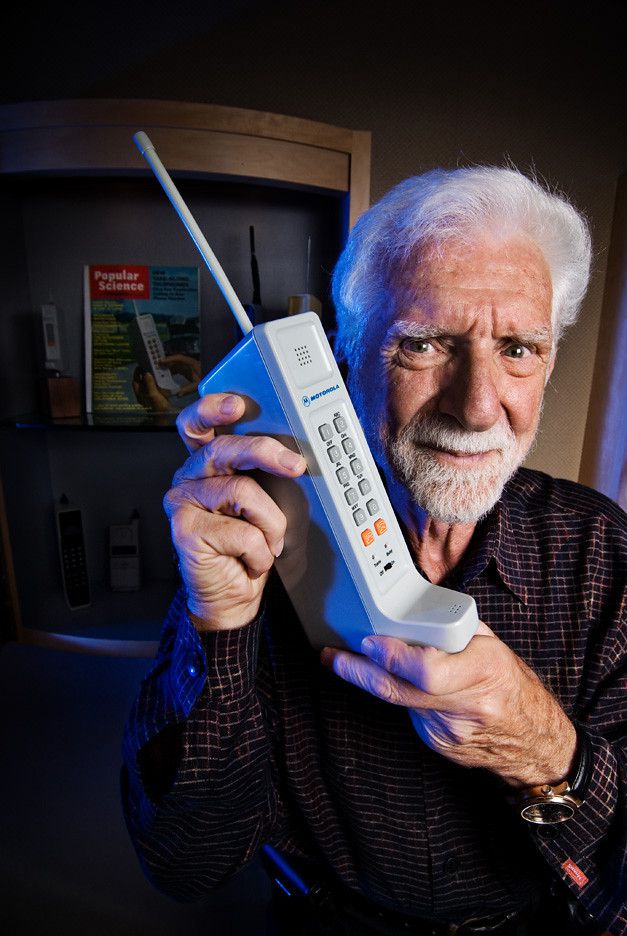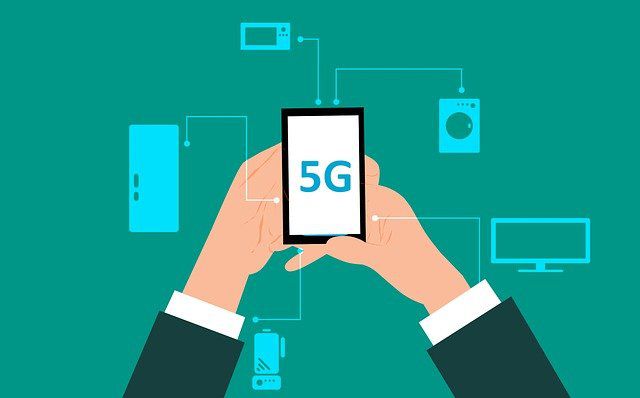In this page we will introduce you with 5G network and its use cases. First of all you should know that 5G isn't just another generation of mobile phone technology, but it is a new industrial revolution, and it will change the world just as steam power, electricity and IT changed the world.
To understand this. You should become familiar with mobile technology generations and another concept called IoT (Internet of Things). Mobile phone technology came into existence on April 3, 1973 when Martin Cooper stood in midtown Manhattan and contacted his rival at the headquarters of Bell Labs in New Jersey. It wasn't like the ordinary phones which were stationary and dependent upon wires to inter connect, so they were called mobile phones. A protocol called AMPS (Advanced Mobile Phone System) was invented and implemented in this generation of mobile phones. You could just place voice calls on them between mobile phones in an area covered by one tower. So there were constraint in what you can send and where you can send to. There were also other limits to its performance for example you could just speak for 20 minutes and its recharge took 10 hours.


2G came with new capabilities. It was digital opposite to the 1G which was analog, i.e. 1G used analog waves to convey voice but 2G used waves carrying a sequence of 1s and 0s. This feature enabled it to convey different kinds of data including text messages. In this generation the rate of data transfer was very slow. The next generation 3G came with more speed and laid down the foundation for intelligence and versatility in mobiles. This route was further followed in the next generation 4G and mobile phones became more and more intelligent and versatile.
And most recently came the fifth generation of mobile technology but this time it wasn't restricted to mobile phones, it was far behind that, it was about anything that can be connected together from something as small as a pill to something as big as an airplane. The 5G will be the backbone of IoT (Internet of Things). Its extraordinary high speed and low latency will make it ideal for IoT.
